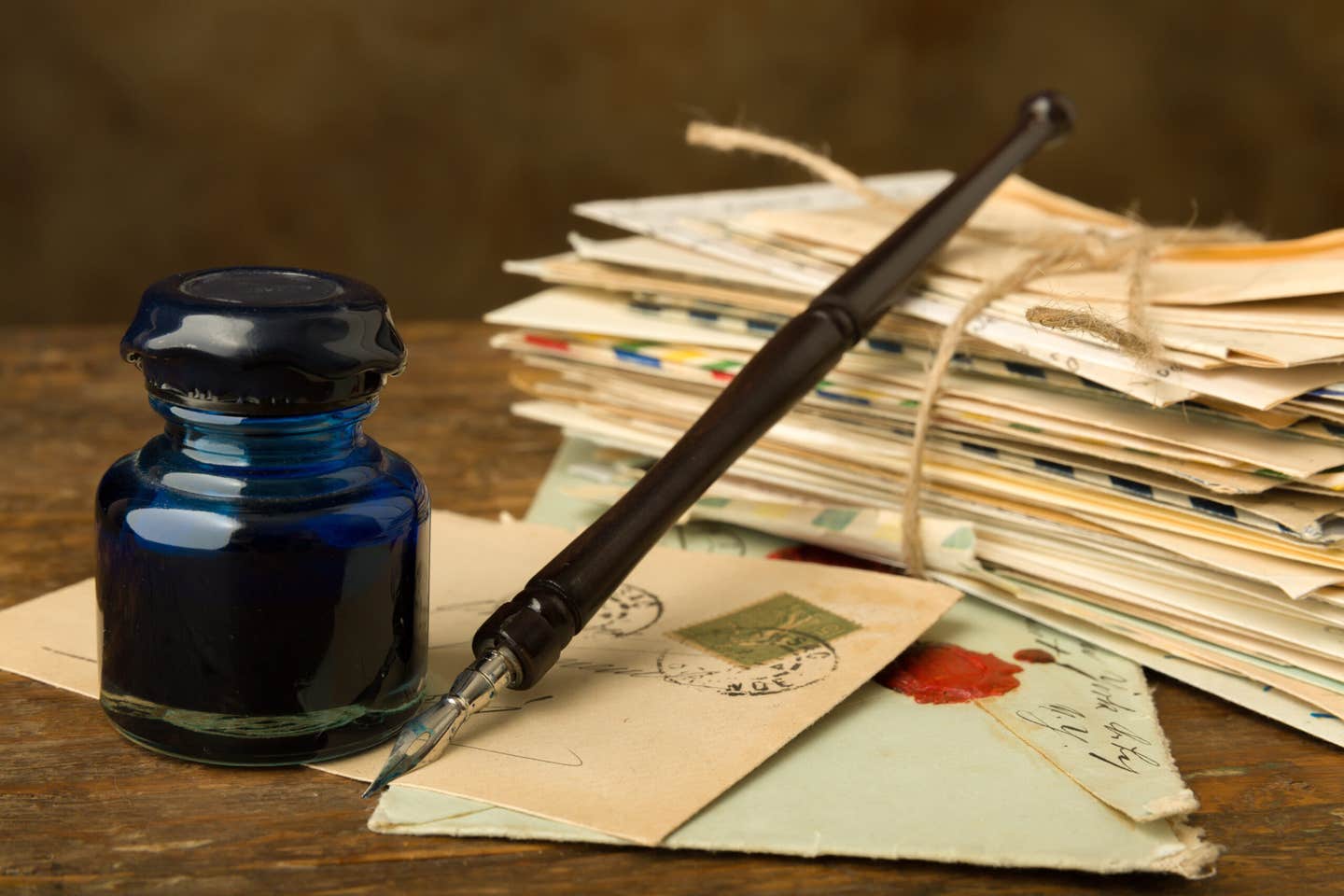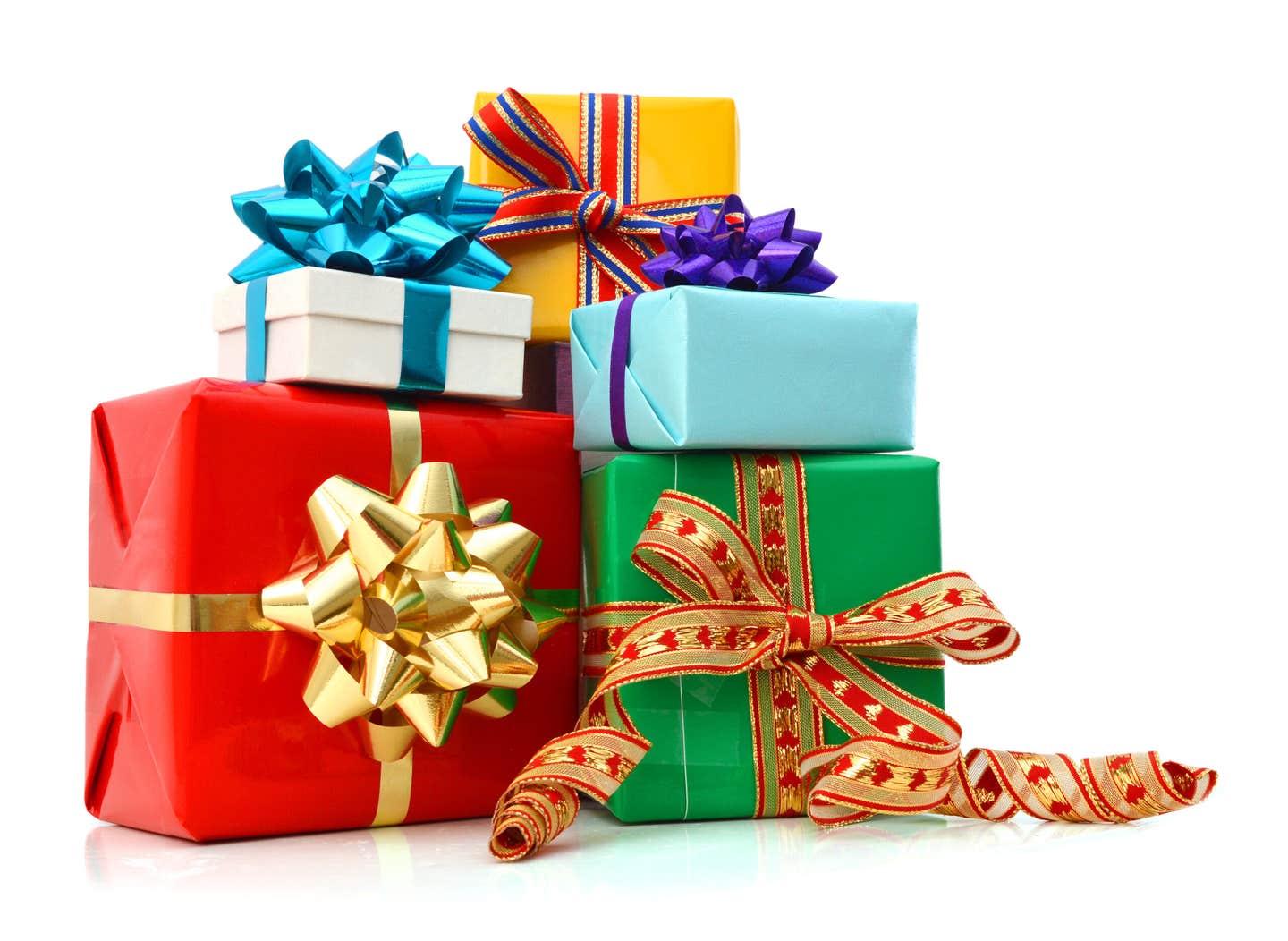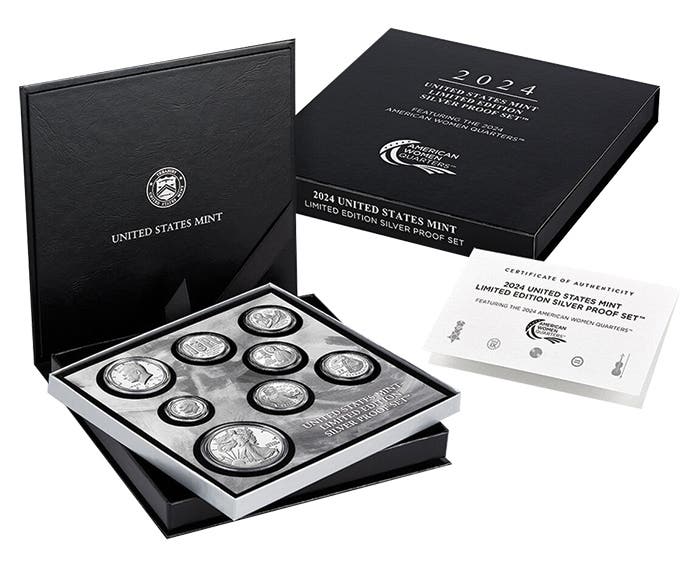How collectors get started nowadays
by Mike Thorne, Ph.D. When I started collecting coins in the 1950s, I bought a couple of Lincoln cent albums. They were the blue kind with three pages and a…
by Mike Thorne, Ph.D.
When I started collecting coins in the 1950s, I bought a couple of Lincoln cent albums. They were the blue kind with three pages and a paper backing for the coins. The backing had stripes of some sort of glue to hold coins down that were too worn to stay in the holes. Unfortunately, if you left the coins in the album too long, the glue would impart parallel stripes to the reverses of the coins.
Not long after I got started, I purchased (or my parents bought as a gift) the latest edition of A Guide Book of United States Coins (a.k.a. the Red Book). This I pored over, memorizing mintages, because there wasn’t a great deal of text to study in my 1958 edition.
My impressions about how collectors get started today are mostly gleaned from reading the questions of beginning collectors on the online forum CoinTalk. The questions are almost invariably about some coin, usually a Lincoln cent, the new collector has run across while roll searching.
Here’s an example. “This 1913 D Wheat penny has strange cracks in the planchet. I am wondering if this coin is valuable as a result of this deformity.”
The person goes on to say, “I am new here and just learning as a result of coming into a rather large collection of coins, and I appreciate any help in regards to this particular coin in my collection.”
This posting is accompanied by decent enlargements of the obverse and reverse of a 1913-D cent. The coin would be in VG8 condition except for light scratches on the obverse and deep gouges on the reverse.
When I was roll searching in the 1950s and early 60s, I occasionally came across coins like this one, but I never thought of them as being error coins. Nowadays, that seems to be the go-to tendency of new collectors, to think they’ve found something the Mint made that’s super rare and super valuable.
Replies from the CoinTalk group are swift and generally make the same point: “Those are intentional scratches, PMD (Post Mint Damage), not a mint error. Not valuable. Only worth One Cent. Someone had a box cutter and too much free time. Your coin is damaged and worth face value.”
There are more comments in this vein, but some of the posters are a bit more diplomatic with the new collector, noting that the 1913-D is a slightly better date and the coin might be worth 25 cents or so as a hole filler. At least one poster suggests that the new collector purchase an inexpensive Lincoln cent album and see how many holes can be filled from his/her large collection.
Another frequent finding is what the new collector thinks is a doubled-die coin. Pictures are provided, and the collector asks for verification of his/her valuable find. Here’s an example: “I found this while roll searching and it caught my attention. It almost looks like a DDO that has die deterioration doubling also. When the light hits it just right it looks just like the 1969-S DDO-001.”
Responses are rapidly forthcoming. “Nope. Not even close to 001.” And another: “That’s just the placement of the lighting where you are. I can tell that there is a light to the right and to the left of you, which is what causes the letters to appear to have been doubled.”
A well-known member posts enlargements of a true 1969-S doubled-die Lincoln cent. The shift in images is dramatic, and the poster notes, “If you find a 69-S DDO, you’ll know it. It won’t depend ‘on the light hitting it right.’ In other words, it’ll knock your socks off!”
The 1969-S doubled-die obverse Lincoln cent is often “found” by relatively new collectors because it’s incredibly valuable. In the latest Numismatic News “Coin Market,” it’s worth $32,000 in MS60 and $100,000 in MS65.
One of the first things new collectors ask about their “finds” is whether they should send them to be certified. Here’s an example of that kind of posting, with some answers from forum members. The heading is, “Can anyone tell me if this 2017 Lincoln cent is worth getting graded?” Some badly focused pictures of a damaged 2017 cent follow this heading.
Here’s the first response: “WOW! Send it in immediately. It’s worth at least 500k! Probably more toward 1 mil! (PS this isn’t true. Please don’t send it for grading.)”
After a couple more humorous responses, a well-known member asks, “What makes you think this coin should be graded?” The original poster answers, “I just started collecting coins about 2 weeks ago so I’m not too familiar with all of the errors yet, but I was told that this is a defective die error.”
Several members want to know who gave the new member this erroneous answer, and the new member says, “The person that told me that it was a defective die error was a coin dealer and since trust isn’t one of my strongest qualities I figured that [I should] ask the experts... Thanks again!”
Perhaps the most useful answer comes from another well-known member: “Rule of thumb: Whenever someone tells you that something is valuable and you should slab it have them make an offer to buy it as is and get their name and phone number. Do your due diligence and learn the truth about the coin. If it is rare sell it for the best price you can get. If it is not what the person said it was, ‘make their day’ and sell it to them at their price. No need to rub it in. Let them learn for themselves how wrong they were.”
The point of this essay is that new collectors often start collecting by looking through large numbers of recent coins, generally Lincoln cents. When they find something unusual, they frequently assume it’s a rare mint error, which they will be able to sell for megabucks. A quick question to an online coin forum sets them straight; sometimes gently, sometimes not.
Bottom line: Take the time to learn about coins before jumping to conclusions. There’s tons of great literature available. Take advantage of it.
This article was originally printed in Coins Magazine. >> Subscribe today.
If you like what you've read here, we invite you to visit our online bookstore to learn more about 2019 North American Coins & Prices.









